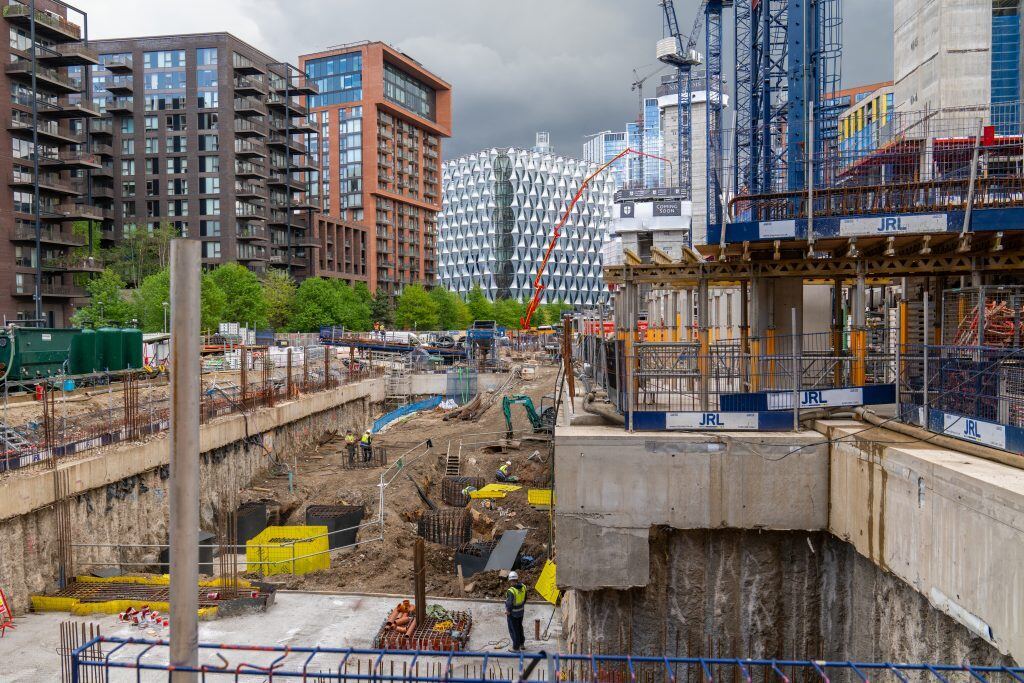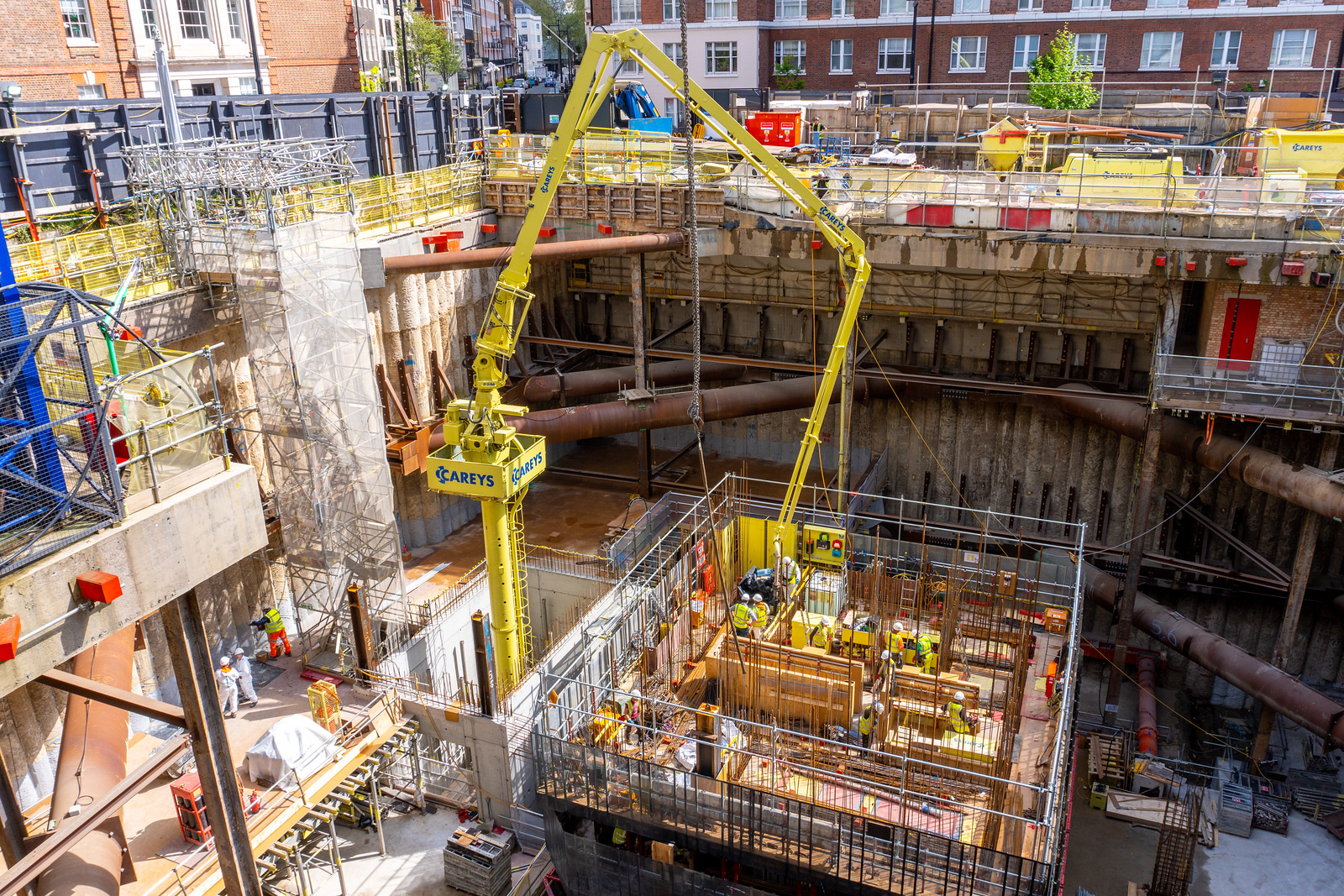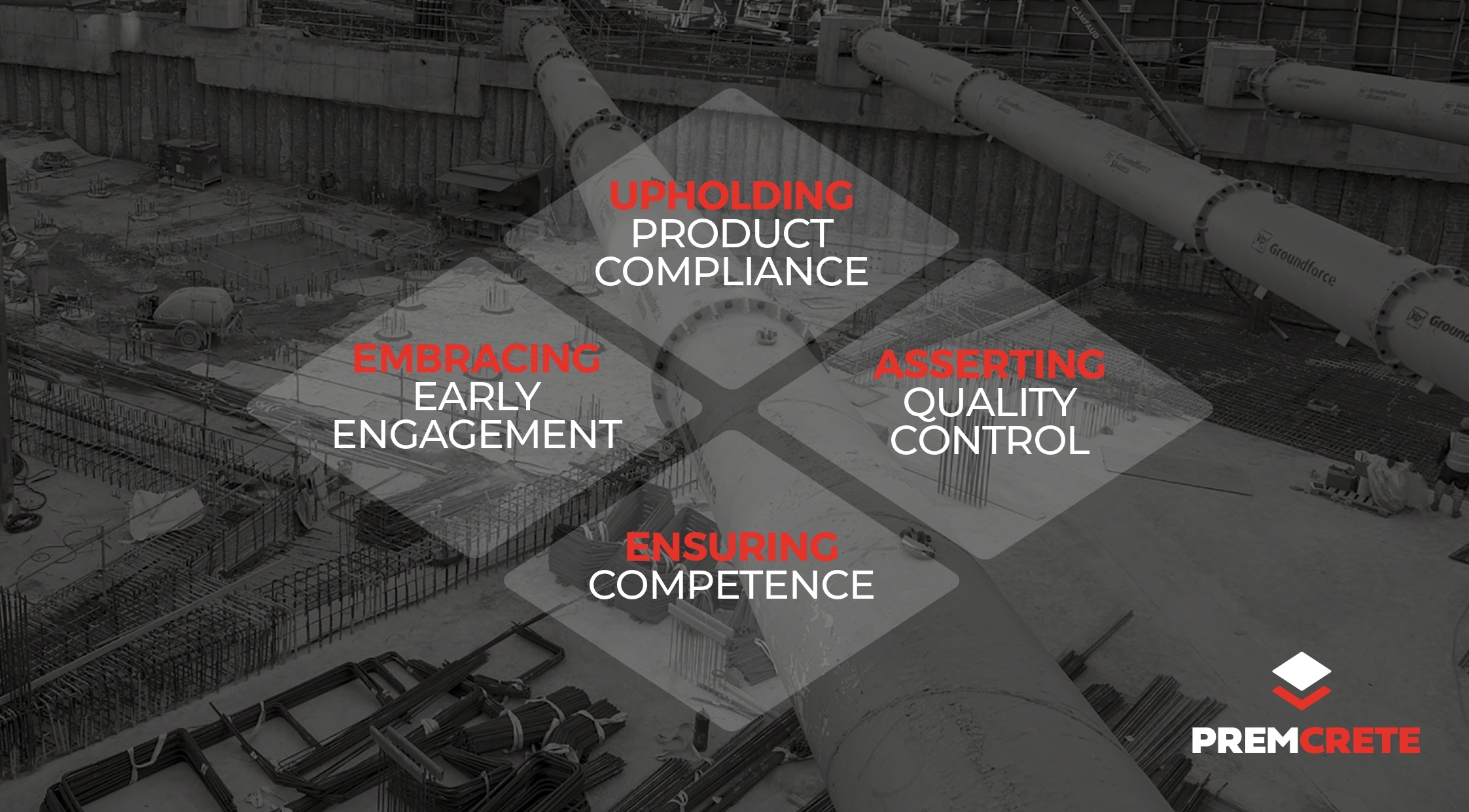In the wake of the Grenfell Tower tragedy in 2017, the landscape of building safety underwent a seismic shift with the introduction of the Building Safety Act (BSA). This landmark legislation heralded groundbreaking reforms aimed at fortifying the safety and security of residential buildings across the United Kingdom. While the BSA encompasses a wide array of measures to enhance building safety, does it specifically address the critical realm of substructure protection? And how?
Understanding the Building Safety Act
The Building Safety Act represents a paradigm shift in the approach to building safety regulations. It empowers residents and homeowners with enhanced rights and protections, ensuring that homes nationwide are safer havens. Among its key provisions are far-reaching protections for qualifying leaseholders from the financial burdens associated with rectifying historical building safety defects. Additionally, the Act introduces an ambitious toolkit of measures to hold accountable those responsible for building safety deficiencies.
Central to the Act’s ethos is the concept of duty holders, such as the Principal Designer and Principal Contractor, who bear the responsibility of managing building safety risks throughout the design, construction, and completion phases of all buildings. This delineation of clear lines of responsibility underscores the Act’s commitment to robust safety protocols. This is an area we will look closely into later in the article.
The Golden Thread: Enhancing Building Safety Holistically
At the heart of the Building Safety Act lies the concept of the “golden thread,” a visionary approach to managing building safety risks. Originating from Dame Judith Hackitt’s seminal review following the Grenfell tragedy, the golden thread serves as a digital information trail capturing essential details about a building. It facilitates the effective use of information throughout a building’s lifecycle, aiding in the identification, understanding, management, and mitigation of building safety risks.
Implementation of the golden thread involves the utilization of digital tools and systems to store and manage key information comprehensively. This includes critical details necessary to ensure a building’s safety over time, even throughout changes in ownership. Scheduled to come into effect 1 April 2024, the golden thread will be instrumental in upholding the rigorous standards set forth by the Building Safety Act.
While the golden thread currently only applies to higher risk buildings, eventually – as this approach is commonly adopted – it seems likely that everyone will have a consistent digital process for maintaining records for health, safety, and quality management. In short, everyone working within the construction industry will need to embrace the practices of the golden thread now, so a new gold standard can be established for the industry.
“Premcrete clients can confidently embrace changes and ensure compliance with building safety standards”
What is the Building Safety Act?
At its core, the Building Safety Act represents a significant departure from traditional construction practices, aiming to instil a culture of safety and compliance across the industry. With a primary focus on enhancing building safety standards, the Act introduces a range of new responsibilities, systems, and regulatory frameworks designed to reshape the construction sector’s approach to safety.
Key Changes:
Duty holder Responsibilities:
Under the Building Safety Act, new duty holder roles are introduced, impacting all stakeholders involved in construction projects. From clients to principal contractors and designers, each party is assigned specific responsibilities to ensure compliance with building safety standards. These duties encompass planning, managing, and monitoring building work, designing structures appropriately, and fostering communication and co-operation among duty holders. This includes specialist designers, such as Premcrete’s technical design team.
New Building Control Systems:
The Act establishes the Building Safety Regulator (BSR) as the overseeing authority for safety and standards in new high-risk buildings. This includes structures classified as high-rise buildings, defined as those at least seven storeys tall and over 18 meters in height. Safety gateways, checkpoints, and registration requirements are introduced to streamline the approval process and ensure compliance with regulatory standards.
Transitional Arrangements:
To facilitate a smooth transition, projects meeting specific criteria will continue under the existing regulatory framework until April 6th, 2024, exempting them from certain regulatory gateways. This transitional period allows for the phased implementation of the Act’s provisions, minimizing disruption to ongoing construction projects.
The Golden Thread of Information:
As previously mentioned, the central tenet of the Building Safety Act is the golden thread of information, which mandates the digital recording and secure storage of building information throughout a structure’s lifecycle. This comprehensive data repository ensures accessibility and accuracy, facilitating effective decision-making and risk management.
Safety Case for Higher-Risk Buildings:
Principal accountable persons are required to produce safety case reports for higher-risk buildings, detailing fire, and structural hazards, along with risk management measures. These reports serve as essential documentation for assessing and mitigating safety risks throughout the building’s lifecycle.
Mandatory Occurrence Reporting:
Organizations must establish mandatory occurrence reporting systems to streamline incident reporting and communication with the BSR. These systems ensure timely reporting of safety incidents, facilitating swift action and resolution.
Amendments to Fire Safety Regulations:
Phase 3 of the Building Safety Act introduces amendments to fire safety regulations, emphasizing cooperation, information sharing, and enforcement against non-compliance. These changes aim to enhance fire safety standards and ensure comprehensive protection for building occupants.
The Building Safety Levy:
The Building Safety Levy aims to generate £3 billion over a decade to address safety deficiencies without burdening the public or leaseholders. Developers are responsible for paying the levy as part of the building control process, contributing to the overall enhancement of building safety standards.
What are the Building Safety Act gateways?
Gateway 1 – Planning
Introduced on 1 August 2021, any developer seeking planning permission for a high-rise building must submit a comprehensive fire and structural safety report. This should make clear how the proposed design should meet the strict safety standards of the Building Safety Act.
Gateway 2 – Pre-construction
Replacing the building control ‘deposit of plans’ stage, this occurs prior to construction work. No building work can begin until the Building Safety Regulator confirms that the plans meet the demands of the building regulations. Complex schemes can be submitted in phases, but this is at the discretion of the Health & Safety Executive. Typically, applications are processed in a 12-week period.
Gateway 3 – Pre-occupation
Taking place before a building can be occupied, gateway three occurs at the final completion stage of a higher-risk building. The Building Safety Regulator will assess whether work has been completed in line with the building regulations. If it passes, then the building will be registered, and can be occupied. There is a proposed 12-week period for the Health & Safety Executive to approve the application for a Completion Certificate. It will be an offence to occupy a building without this Certificate.
In Conclusion
As the construction industry prepares to embrace the changes brought forth by the Building Safety Act, proactive measures must be taken to ensure compliance and readiness. At Premcrete Ltd, we are committed to supporting our clients through these changes, providing comprehensive resources, guidance, and expertise to navigate the evolving regulatory landscape effectively. By staying informed and proactive, stakeholders can adapt to these changes seamlessly, ensuring the continued safety and integrity of construction projects across the UK.
What can we do to help you?
The Building Safety Act represents a transformative milestone for the construction industry, emphasizing safety, accountability, and transparency. By understanding the Act’s provisions and implementing proactive measures, stakeholders can navigate this new regulatory landscape effectively. With the support and expertise of Premcrete Ltd, clients can confidently embrace these changes and ensure compliance with building safety standards. For more information and insights on navigating the Building Safety Act amendments, contact us today to book in your insightful CPD session with Premcrete’s CSSW qualified professionals – to help you and your team get ahead of the curve: sales@premcrete.com
Stay informed, stay compliant with Premcrete Ltd – your trusted partner in construction excellence.


















-1.jpg)










